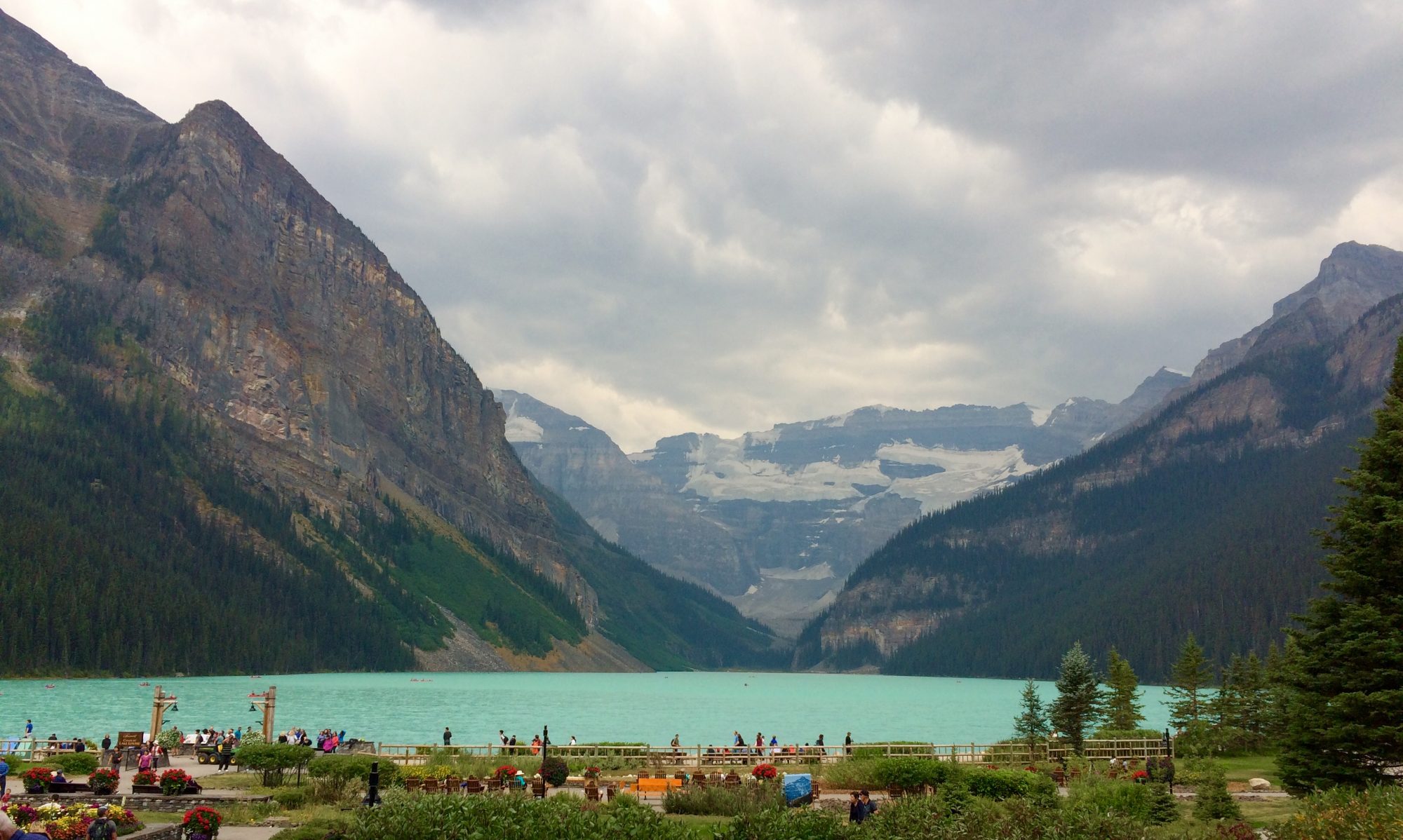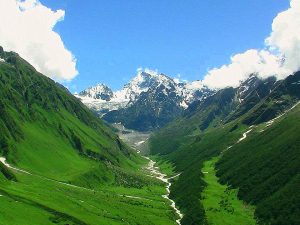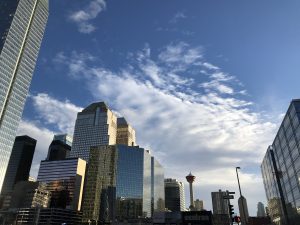I am three years old, and home is a big red house. Home is the purple bedroom where my brother and I play games and read stories before bed. Home is being the one who gets to sprinkle cheese on every time we make pizza. Home is hide and seek and putting my brother in the laundry hamper. Home is eating rhubarb on the porch and waving when the garbage men come on Tuesdays. Sometimes home is tantrums and time-outs, but feeling safe after.
When I am seven years old, home is reading Harry Potter with my mom at bedtime. Home is playing with my brother, combining his train sets and my dollhouse to make huge scenes in the basement. Home is staying late at the playground after school, and jumping into my mother’s arms when she comes to pick us up. Home is playing soccer twice a week even though I don’t want to, because my friends are doing soccer too. In winter, it’s sledding in the park and building quinzees in the backyard.
At Christmas, home is my family in Ontario. Home is sitting by the fireplace and drinking hot chocolate and laughing when my grandmother tells us sugar isn’t good for you, but brings cake to every meal. Home is getting to open one present on Christmas Eve this year because that’s what my cousins do. Home is listening to my mom sing while her brother plays the guitar. Home is music and
In the summer, home is the East Coast. We stay with my grandparents and run through red sand. Our cousins play games and we race through farmer’s fields across the street and look for foxes when the sun is setting. My grandmother shows me how to cook. Home is big family dinners, home is little silly games my Aunt (A beloved teacher) invents on the spot and commits to. Home is having a room specially decorated for when we arrive, and it’s crying when it’s time to leave. Home is knowing we’ll go back every year.
When I’m ten, home isn’t the big red house anymore. When we move, I hug each wall in the house and say thank you to it (Marie Kondo’s got nothing on me!). Now, home’s a big blue house with lots of windows and my own room. Home is expanding. Home is being able to run across the street to the neighbours and playing in the park nearby. Home is “Come home when the street lights come on” and “make sure you stay together.” Home is bouncing on the trampoline 500 times because that seemed like an impossible feat. It is the kid across the street with bright red hair and freckles, and her little sister that follows us when we go to get Slurpees. It is coming home when I feel awkward in a new school, taking off the uniform, and telling my mom about my day. It is an awful haircut and braces.
In high school, home is still the big blue house, but home is also evenings spent joking with friends and planning everywhere we’ll travel to when we have enough money. Home is sitting in pyjamas until noon on Saturdays while my family and I read, but it is also eating lunch each day with the same people and writing inside jokes back and forth when we don’t want to pay attention in class. Home is rereading Harry Potter on bad days. Home is the smell of chlorine from work. In twelfth grade, home is splitting apart as my friends scatter around the country and I drive to Vancouver. Home is the big mountains I leave behind.
In Vancouver, at the start, home is far away. Home is not my dorm room. Home is not the beautiful forests and mild climate. Home has -30 windchill and I’ve never missed it until now. Home is short phone calls and big care packages, and home is distance. In Vancouver, the only place that feels like home is the ocean. Over the years, this changes. Home is still across the Rocky Mountains, and I migrate back each summer like a bird. But slowly, home is also a quiet friend in my second-year courses, home is my double major and the group of people I volunteer with, and roommates that make me. Watch bad TV. Home is bonfires at wreck beach and late nights at IKB. Home is two places, sometimes even more.
Six months from now, home is a mystery. I do not know where I will be or where my friends will be, or what I’ll be doing. But I will have the ocean, and phone calls, and inside jokes and future plans. Home is an opportunity.

A photo from my most recent drive to Vancouver.
I realized while writing this that Home doesn’t have a specific meaning to me right now. I tried to write it in a vignetted style to match my own fragmented definition, so I hope people will bear with me on this slightly experimental approach. I am excited to delve further into this topic!
Works Cited
“How to Build a Quinzee Snow Shelter.” Boy’s Life, boyslife.org/outdoors/outdoorarticles/2992/how-to-build-a-quinzee-snow-shelter/. Accessed 27 Jan 2019.
Stuever, Hank. “Marie Kondo brings something besides her famous tidying skills to reality TV: Gratitude.” The Washington Post, 30 Dec 2018, washingtonpost.com/entertainment/tv/marie-kondo-brings-something-besides-her-famous-tidying-skills-to-reality-tv-gratitude/2018/12/30/7f806e7a-0ad1-11e9-88e3-989a3e456820_story.html?utm_term=.a0a8aa322e97. Accessed 27 Jan 2019.



